Taylor Wang
Dr. Taylor Wang is a physicist and astronaut who in 1985, became the first Chinese American to launch in a space mission.
He received his Bachelor of Science and his Master of Science in physics from the University of California Los Angeles (UCLA), as well as his doctoral in low temperature physics - Superfluid and solid-state physics also from UCLA. After his doctorate, Dr. Wang joined the California Institute of Technology Jet propulsion Laboratory in 1972, as a senior scientist. He was responsible for the inception and development of containerless processing science and technology research. His paper on the dynamic behavior of rotating spheroids in zero gravity allowed him a job with NASA in 1983 where he went on to invent the acoustic levitation and manipulation chamber for Spacelab 3 mission NASA Drop Dynamics.
From April 29 to May 6, 1985 Dr. Wang flew on the STS-51B Challenger. It was the first operational Spacelab mission. The seven-man crew aboard Challenger conducted investigations in crystal growth, drop dynamics leading to containerless material processing, atmospheric trace gas spectroscopy, solar and planetary atmospheric simulation, cosmic rays, laboratory animals and human medical monitoring. At mission conclusion, Dr. Wang traveled over 2.9 million miles in 110 Earth orbits, and logged over 168 hours in space.
After the shuttle mission, Dr. Wang utilized insights from microgravity experimental findings to develop an immunoisolation encapsulation system that protects cellular transplants and sustains cell function without immunosuppression drugs and their resulting negative side effects.
Dr. Wang became a Centennial Professor at Vanderbilt University. He holds 28 U.S. patents, has published over 200 journal articles, and has received numerous honors and awards from NASA and the greater science community.

